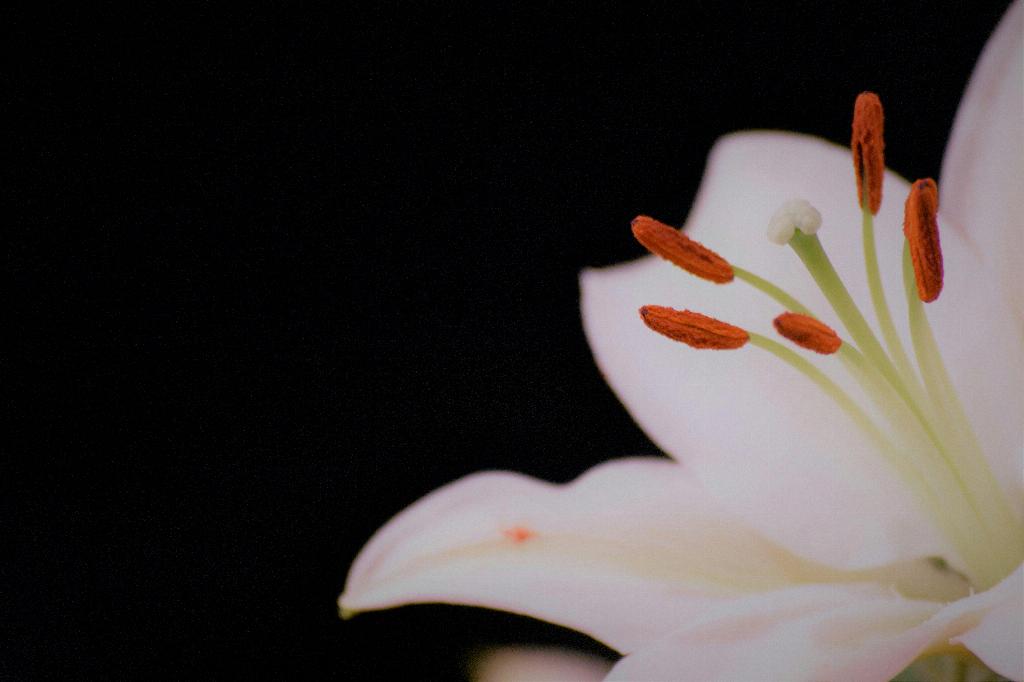Peace lilies, with their lush green leaves and elegant white blooms, are a popular choice for indoor plants. If you want to cultivate your peace lily successfully, here are some top tips to help you ensure its growth and blooming thrive.
1. Proper Watering
One of the critical aspects of growing a peace lily is proper watering. Ensure you water the plant when the top inch of soil feels dry. Overwatering can lead to root rot, while underwatering can cause the leaves to wilt. Finding the right balance is key to keeping your peace lily healthy.
2. Lighting Requirements
While peace lilies can tolerate different light levels, they prefer indirect sunlight. Placing them near a window where they can receive filtered light is ideal. Avoid exposing them to direct sunlight, which can scorch their leaves.
3. Temperature Considerations
Peace lilies are adaptable to common household temperatures. As long as you are comfortable, your peace lily should be too. Avoid placing them near drafts or heating/cooling vents, as extreme temperature fluctuations can stress the plant.
4. Humidity Levels
Peace lilies love humidity, so consider placing them in light, steamy areas like bathrooms and kitchens where moisture levels are higher. Alternatively, you can increase the humidity around the plant by misting its leaves with water occasionally.
5. Repotting the Plant
Repotting your peace lily in the spring using quality houseplant compost can help refresh the soil and provide essential nutrients for growth. Ensure the new pot has proper drainage to prevent waterlogging, which can harm the plant’s roots.
6. Pruning and Maintenance
Regular pruning of yellowing or dead leaves and spent blooms can help promote new growth and keep your peace lily looking healthy and vibrant. Use clean, sharp scissors to trim away any damaged parts carefully.
7. Fertilizing Routine
During the growing season (spring and summer), you can feed your peace lily with a balanced houseplant fertilizer every 6-8 weeks. Be cautious not to over-fertilize, as it can lead to salt buildup in the soil, affecting the plant’s health.
8. Pest Prevention
Keep an eye out for common pests like aphids, spider mites, and mealybugs that can infest peace lilies. Regularly inspect the plant’s leaves and stems for any signs of pests, and treat them promptly with neem oil or insecticidal soap.
9. Managing Flowering
To encourage blooming, ensure your peace lily receives adequate light, water, and nutrients. While peace lilies can flower throughout the year, providing the right care can help prolong the blooming period and promote the growth of new flowers.
10. Monitoring Plant Health
Keeping a close eye on your peace lily’s overall health is essential in preventing and addressing any issues promptly. Look for signs of yellowing leaves, drooping foliage, or stunted growth, which could indicate problems that need attention.
11. Seasonal Care Tips
During the winter months, when indoor air tends to be drier, consider placing a humidifier near your peace lily to maintain adequate moisture levels. Additionally, avoid placing the plant near heaters or cold drafts that can adversely affect its growth.

12. Enjoying the Results
With proper care and attention, your peace lily will reward you with its beautiful foliage and blooms, adding a touch of elegance to your indoor space. Take pride in watching your plant flourish and bloom, knowing that you’ve provided it with the ideal environment to thrive.
